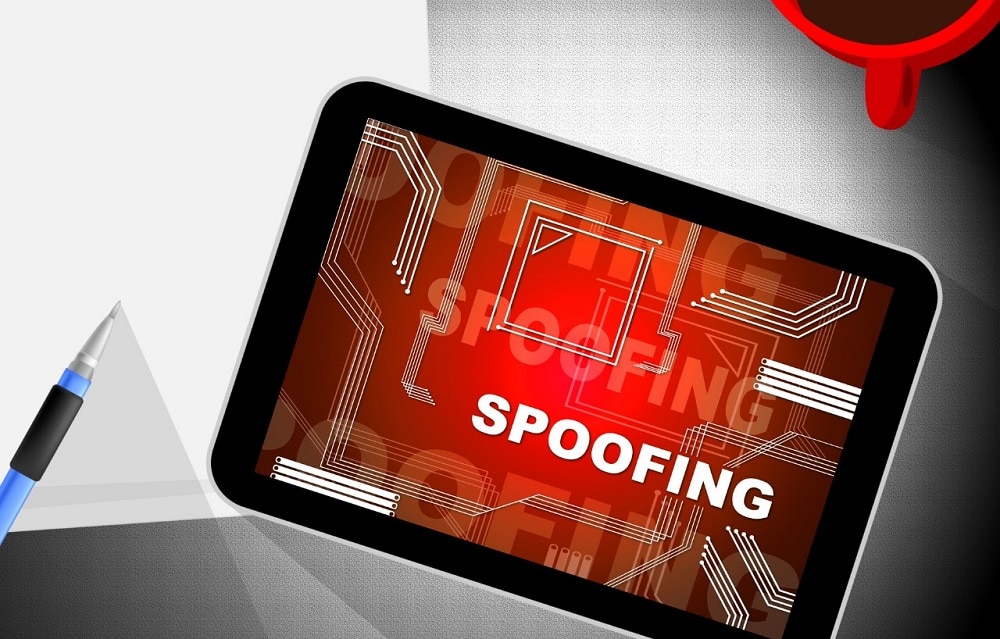Spoofing: A Cyber Facade
The Wrath of the Spoof
Spoofing is a phenomenon which has existed for decades and has manifested its malicious wrath on countless networks, personal devices, of businesses and home users.
Spoofing is a wide topic in scope with many types and forms of it which are currently in existence. Let’s dive right in by starting off and gain some general knowledge and then include some tips for so one can have their own SDF, or Spoofing Defense Forces working 24/7 in the background for them.
Spoofing Curiosity
So many have already wondered what is spoofing exactly and similar types of cyber attacks that fall within the purview of spoofing. So let’s delve into some aspects of spoofing.
Spoofing Deeper Dive
Spoofing disguises communication from an unknown source, pretending to be a known and very trusted source. In other words, it is often an end-to-end digital facade.
Spoofing can occur in phone calls, websites, SMS, P2P chats, gaming platforms, WhatsApp, or can be sophisticated with Laptop or PC spoofing an IP address, Address Resolution Protocol (ARP), or Domain Name System (DNS) server.
Spoofing enables a hacker or cybercriminal to gain access to a target’s data, from banking, business plans, intellectual property, and other information private in nature and possibly with a monetary value attached to it. Spoofing facilitates the spread of malware through infected links or attachments.
Spoofing: A Key Ingredient in a Cyberattack
Sometimes, spoofing is part of a grand plan and a first essential step of a much greater, intricate, and comprehensive cyber-attack. All other steps in the cyber-attack plan depend on spoofing, making it a key ingredient within the hacker’s or cybercriminal’s overall attack methodology.
Spoofing cyber-attacks or more significant attacks with a spoofing component on organizations can lead to immense financial losses, often including public relations scandals and sometimes irreversible damage to brand reputation.
Email Spoofing
Email spoofing is when a cyber attacker uses an email message intending to deceive the recipient into believing or not suspecting it came from a person or organization they know and trust.
Spoofed emails are a platform of limitless possibilities for cyber-criminal organizations. The more they refine the façade of an authentic email, the more successful they are likely to experience in their digital criminal ventures.
Email Spoofing Methodologies
- The cyber attacker sends an email from a domain name similar to an organization the recipient trusts, for example, if the email is from michaelj@chicagobull.com when in reality the authentic email is michaelj@chicagobulls.com. An unsuspecting cyber victim might actually believe the email came from the legendary Michael Jordan from the Chicago Bulls because they were simply overlooking the missing s at the end of the domain name.
- Disguising the From field, so the email appears to have been from michaelj@chicagobulls.com based on the previous example.
The general idea of spoofing in its essence repeats across the spectrum, whether over a phone call someone pretending to be from an organization a person you trust and know already. A website may appear to be from a highly reputable company, when in-fact it intends to steal your password.
Spoofing Attack Defense Tips
- Please educate yourself on spoofing and its various methodologies, so your spoofing awareness is greatly enhanced.
- Purchase and install a reputable anti-malware solution across all your devices, including tablets, laptops and PC.
- Evaluate antivirus for Windows products, and install a reputable one you like.
- Ensure that a web protection security add-on from a reputable cyber security company is in place.
- Use well-known email services that also have built-in email checkers for spoofing email authenticity checks


























